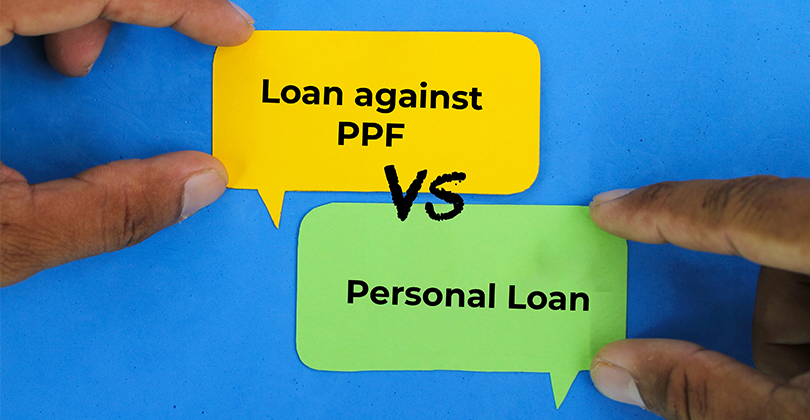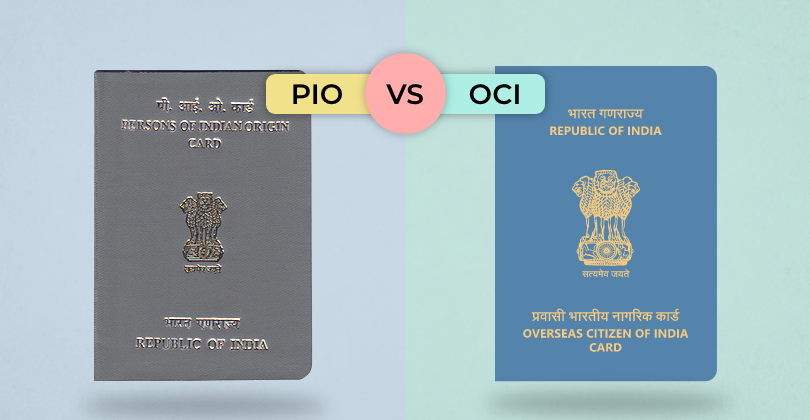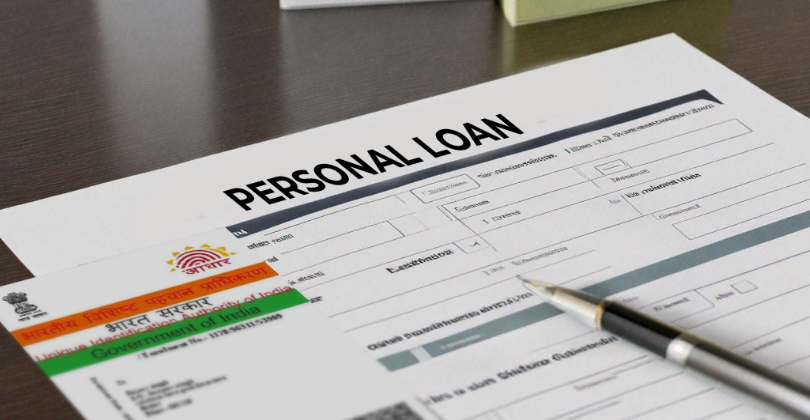Are you of Indian origin and living abroad? You've probably come across terms like PIO and OCI. These cards offer different benefits, but it can
A life free of unforeseen financial troubles is unrealistic. Everyone may experience such troubles, and in these cases, obtaining a loan might be a good option to meet the expenditures. Loans are a reliable approach to get out of difficult situations.
When considering financing options, personal loans are the first that spring to mind since they can be processed in a few hours and provide you instant access to funds. But is that really the best choice? And what about those shocking interest rates?
The second solution is a 'PPF account loan' If you are employed and your company deducts Provident Funds (PF) from your salary, you can use this option to obtain funds from your PF balance.
How does one decide which loan offer to accept? Making an informed choice requires having a thorough understanding of every aspect of both options, which we will be looking into in this blog.
What are Personal Loans?
Taking out a personal loan is one of the simplest ways for someone who needs financial assistance to meet the demands. The applicant's creditworthiness determines whether or not a bank would approve an unsecured loan. In return, banks levy interest rates on personal loans. Banks typically provide personal loans for amounts between Rs. 50,000 and Rs. 25 lakh. This number can vary based on a number of factors.
Personal loans can be approved online and disbursed by the bank. Most banks offer this service.
What is a Loan Against PPF?
The Public Provident Fund (PPF) is a government-backed investment program that provides tax-free earnings and competitive interest rates. Those who contribute a certain amount each year can access features like eligibility and credit flexibility.
You can take funds out of your account as an investor in instalments. However, borrowing against PPF is still possible since these accounts have a lock-in period during which transfers are prohibited. In this situation, the amount of your loan is calculated using the balance in your PPF account at the end of the preceding fiscal year. Because these loans are secured, the interest charges are cheaper than those for personal loans.
Now, the question that arises is, which loan compares better? Read the comparison below to help you decide more wisely.
Access
You may get a personal loan if you match the eligibility criteria, which includes having a decent credit score, having a steady source of income, etc. You can take out a loan against your PPF balance between the third and sixth year following the creation of your account. This suggests that if you opened your PPF account during FY16–17, you are eligible to request a loan by FY18–19, the end of the third year. You won't be eligible for a loan until after the sixth year, which is FY21–22. The approval process for the loan also takes time.
Application
Obtaining a personal loan is an easy application process. To obtain the necessary funds directly into your bank account, submit an online request form. However, applying for a PPF Loan requires a lot more work and time, which makes it a more challenging financial decision to make in an emergency.
Loan amount
Often, there is no maximum amount you may borrow for personal loans, depending on the rules set forth by the bank. You should be able to get the loan you want as long as you meet the requirements. However, there are rules to adhere to while obtaining a PPF loan. According to the criteria, you are only allowed to borrow up to 25% of your account balance at the completion of the second year before asking for a higher loan amount. For example, if you apply for a loan in FY23, you can borrow up to 25% of the total amount in your account in FY21.
Loan tenure
A six-year limit applies to personal loan applications. In terms of PPF, the loan has to be repaid within three years following sanction.
Interest rate
Due to their unsecured nature, personal loans have rather high interest rates. They may be between 10% and 20% per annum. Loans taken against your PPF account, however, carry a set interest rate of 1% regardless of the amount borrowed. It is important to keep in mind that until the loan has been fully repaid, interest will not be deposited into your PPF account.
Personal Loans or PPF Loans: Which is Better?
Now that you know enough about both loans, choose a loan against PPF in the following situations:
-
If the provided loan amount is enough to meet your requirements
-
If you can pay the EMIs for a PPF loan within a short duration
-
If you do not require finances in an emergency and have plenty of time to organise the loan.
However, if you have an urgent need for money or need a larger loan amount than what is in your PPF account, take out a personal loan. Make an informed decision by weighing your alternatives.
Conclusion
If you're looking for a more affordable borrowing option that won't pressure you with high-interest rates, PPF loans can be a great choice. These loans are ideal for smaller expenses like home repairs, college tuition, or renovations. However, if you're faced with a major emergency like a wedding or education at an overseas institution, or if you need a larger loan amount and a more flexible repayment period, you may want to consider a personal loan instead.
AUTHOR
KreditBee As a market leader in the Fintech industry, we strive to bring you the best information to help you manage finances better. These blogs aim to make complicated monetary matters a whole lot simpler.







